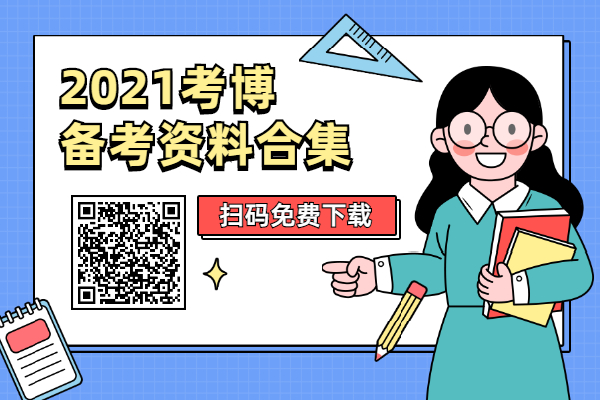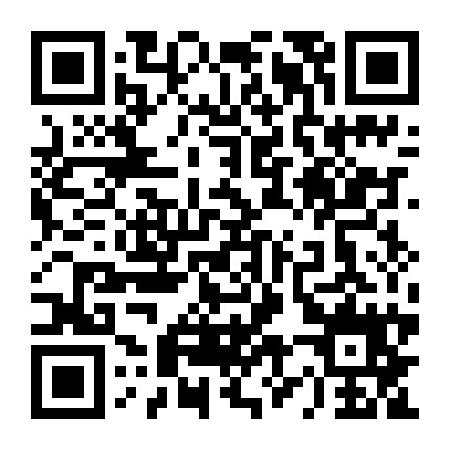新东方在线考博频道给大家整理的2021年考博英语阅读理解模拟题29,希望能够对大家的考博考试备考有所帮助,更多有关考博的备考内容,欢迎随时关注新东方在线考博频道。
When there is blood in the water, it is only natural that dorsal fins swirl around excitedly. Now that America's housing market is ailing, predators have their sights on the country's credit-card market. Analysts at Goldman Sachs reckon that credit-card losses could reach $99 billion if contagion spreads from subprime mortgages to other forms of consumer credit. Signs of strain are clearly visible. There are rises in both the charge-off and delinquency rates, which measure the share of balances that are uncollectable or more than 30 days late respectively. HSBC announced last month that it had taken a $1.4 billion charge in its American consumer-finance business, partly because of weakness among card borrowers.
It is too early to panic, though. Charge-offs and delinquencies are still low. According to Moody's, a rating agency, the third-quarter delinquency rate of 3.89% was almost a full percentage point below the historical average. The deterioration in rates can be partly explained by technical factors. A change in America's personal-bankruptcy laws in 2005 led to an abrupt fall in bankruptcy filings, which in turn account for a big chunk of credit-card losses; the number of filings (and thus charge-off rates) would be rising again, whether or not overall conditions for borrowers were getting worse.
The industry also reports solid payment rates, which show how much of their debt consumers pay off each month. And confidence in credit-card asset-backed securities is pretty firm despite paralysis in other corners of structured finance. Dennis Moroney of TowerGroup, a research firm, predicts that issuance volumes for 2007 will end up being 25% higher than last year.
Direct channels of infection between the subprime-mortgage crisis and the credit-card market certainly exist: consumers are likelier to load up on credit-card debt now that home-equity loans are drying up. But card issuers look at cash flow rather than asset values, so falling house prices do not necessarily trigger a change in borrowers' creditworthiness. They may even work to issuers' advantage. The incentives for consumers to keep paying the mortgage decrease if properties are worth less than the value of the loan; card debt rises higher up the list of repayment priorities as a result.
Card issuers are also able to respond much more swiftly and flexibly to stormier conditions than mortgage lenders are, by changing interest rates or altering credit limits. That should in theory reduce the risk of a rapid repricing of assets. “We are not going to wake up one day and totally revalue the loans,” says Gary Perlin, Capital One's chief financial officer.
If a sudden subprime-style meltdown in the credit-card market is improbable, the risks of a sustained downturn are much more real. If lower house prices and a contraction in credit push America into recession, the industry will undoubtedly face a grimmer future. Keep watching for those dorsal fins.
1. Rises in the charge-off and delinquency rate indicate _____
[A] the deterioration of the subprime mortgage.
[B] the inadequate ability of card borrowers.
[C] the influence of the technical factors.
[D] the change in relevant laws.
2. The author makes mention of dorsal fins which are irrelevant to the topic in order to _____
[A] make people alert to the potential danger.
[B] attract the readers’ attention by presenting an interesting phenomenon.
[C] make people realize the graveness of the issue by showing a similar case.
[D] make the passage more vivid by imparting new knowledge to readers.
3. According to the third paragraph, the number of bankruptcy fillings would be rising again because_____
[A] there is a change in America’s personal-bankruptcy laws.
[B] the charge-offs and delinquencies are still low.
[C] the influence of the personal-bankruptcy laws has been digested.
[D] the overall conditions for borrowers are getting worse.
4. The subprime-mortgage crisis influnces the credit-card market in that_____
[A] the fall of asset values affects the card borrowers’ creditworthiness.
[B] the decrease in the mortgage payment leads to the rises of the card debt.
[C] the drying up of the home-equity loans spur consumers’ incectives to repay the card debt.
[D] the falling house prices makes the card debt rising higher.
5. According to the author, the credit-card market will more likely be threatened by_____
[A] a gradual downward tendency.
[B] a rapid collapse.
[C] a sustained trend of lowering price.
[D] the accumulation of economic recession.
[答案]
1. B
2. A
3. C
4. C
5. A
以上就是新东方在线考博频道给大家整理的2021年考博英语阅读理解模拟题29希望对大家有所帮助,更多备考内容,欢迎随时关注新东方在线考博频道。

通用考博英语精品课程【节选】-1元领!
摸清考试命脉,有技巧有方法有准备地进入到考博英语中。

 资料下载
资料下载
【必看】考博英语词汇10000例精解
发布时间:2020-09-02关注新东方在线服务号
回复【10000】免费获取
医学考博英语作文核心基础词汇整理
发布时间:2020-04-15关注新东方在线服务号
回复【医学考博】获取
医学考博英语阅读理解练习资料
发布时间:2020-04-15关注新东方在线服务号
回复【医学考博】获取
法学考博英语高频词汇word版
发布时间:2020-04-15关注新东方在线服务号
回复【医学考博】获取
医学博士英语统考真题及解析
发布时间:2019-12-26关注新东方在线服务号
回复【考博真题】获取
全国医学博士外语统一考试真题
发布时间:2019-12-26关注新东方在线服务号
回复【考博真题】获取
中科院考博英语复习备考实战经验分享
发布时间:2019-12-26关注新东方在线服务号
回复【考博经验】获取
中科院考博英语真题练习资料
发布时间:2019-12-26关注新东方在线服务号
回复【考博真题】获取

关注新东方在线服务号
关注新东方在线服务号,
免费获取考博必看干货资料

 推荐阅读
推荐阅读
新东方在线考博频道给大家整理的2021年考博英语阅读理解模拟题10,希望能够对大家的考博考试备考有所帮助,更多有关考博的备考内容,欢
新东方在线考博频道给大家整理的2021年考博英语阅读理解模拟题9,希望能够对大家的考博考试备考有所帮助,更多有关考博的备考内容,欢迎
新东方在线考博频道给大家整理的2021年考博英语阅读理解模拟题8,希望能够对大家的考博考试备考有所帮助,更多有关考博的备考内容,欢迎
新东方在线考博频道给大家整理的2021年考博英语阅读理解模拟题7,希望能够对大家的考博考试备考有所帮助,更多有关考博的备考内容,欢迎
新东方在线考博频道给大家整理的2021年考博英语阅读理解模拟题6,希望能够对大家的考博考试备考有所帮助,更多有关考博的备考内容,欢迎


 考博好课推荐
考博好课推荐
基础薄弱,备考迷茫,送纸质资料
价格 : ¥2280元
资深教师,教学简明,直接有效!
价格 : 0元
 资料下载
资料下载
关注新东方在线服务号
回复【10000】免费获取
关注新东方在线服务号
回复【医学考博】获取
关注新东方在线服务号
回复【医学考博】获取
关注新东方在线服务号
回复【医学考博】获取
关注新东方在线服务号
回复【考博真题】获取
关注新东方在线服务号
回复【考博真题】获取
关注新东方在线服务号
回复【考博经验】获取
关注新东方在线服务号
回复【考博真题】获取

 阅读排行榜
阅读排行榜
 相关内容
相关内容